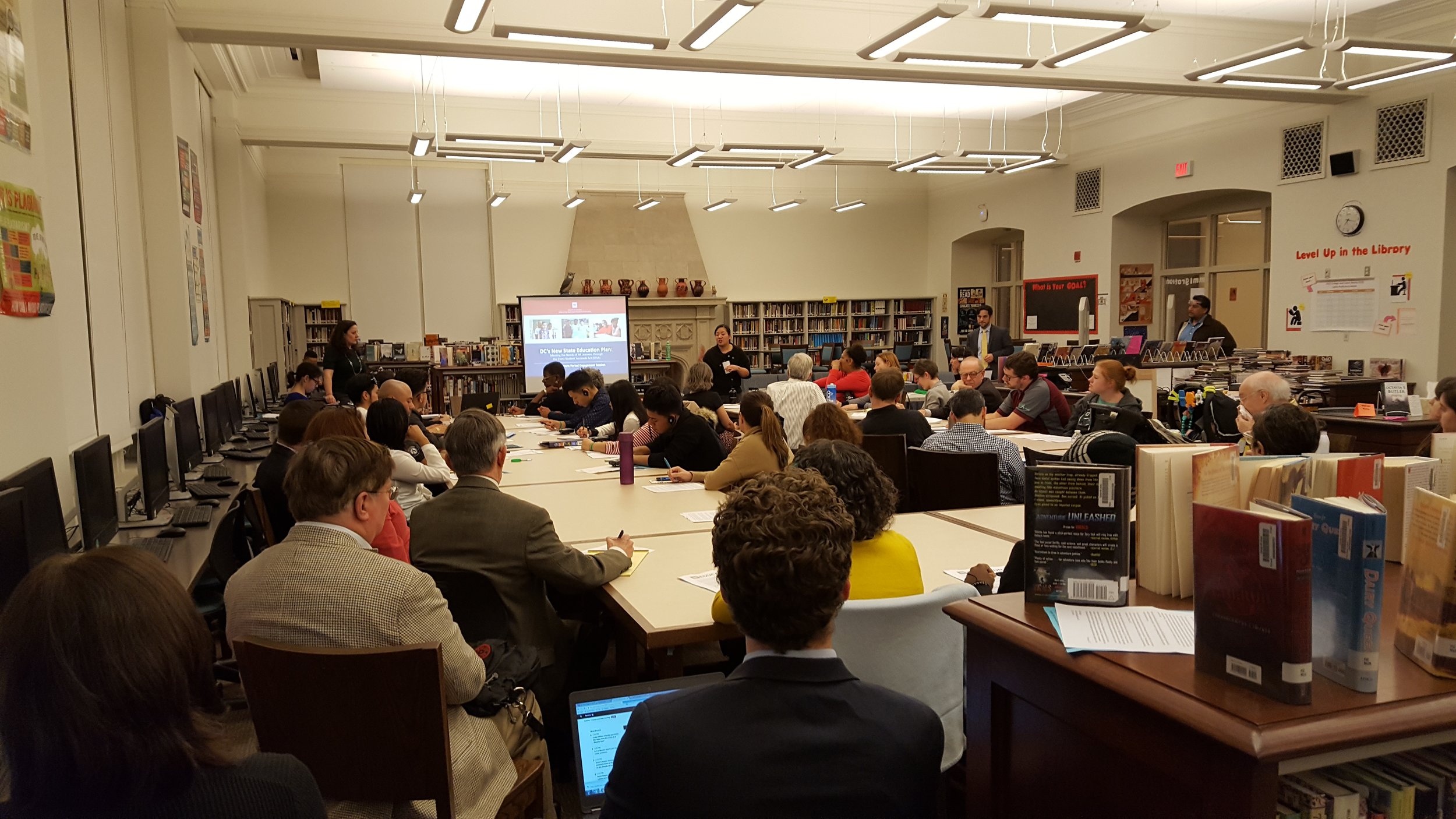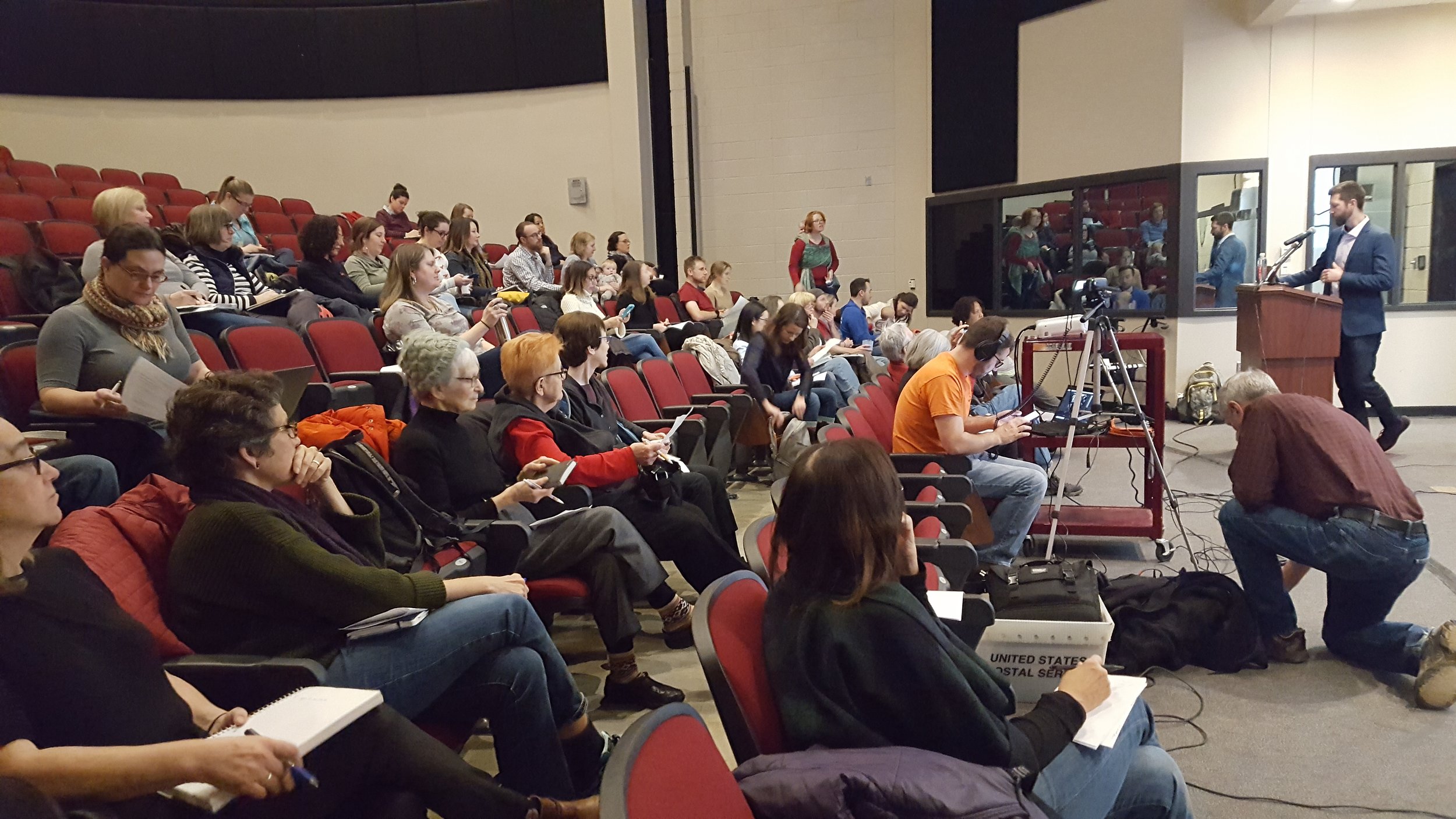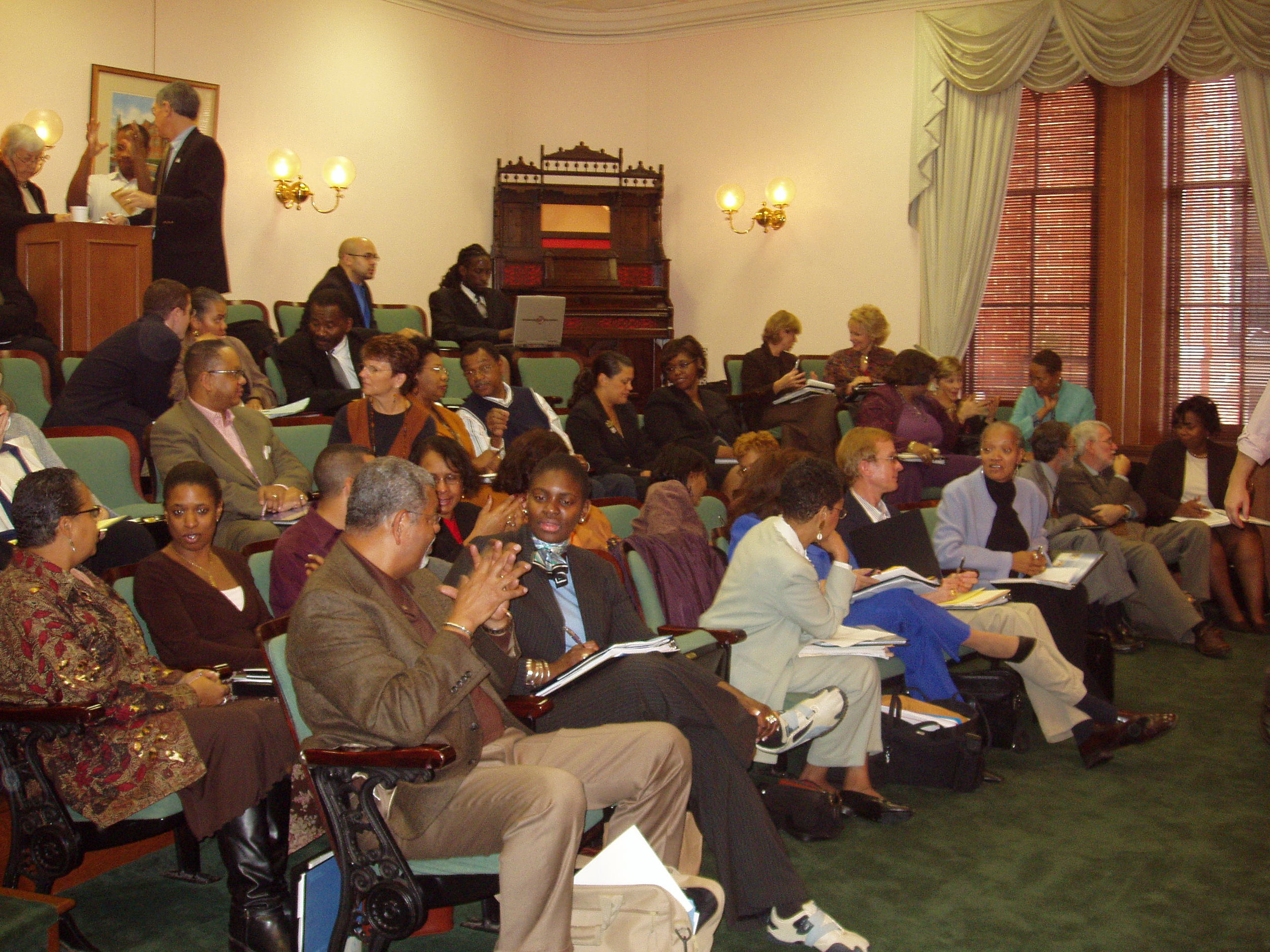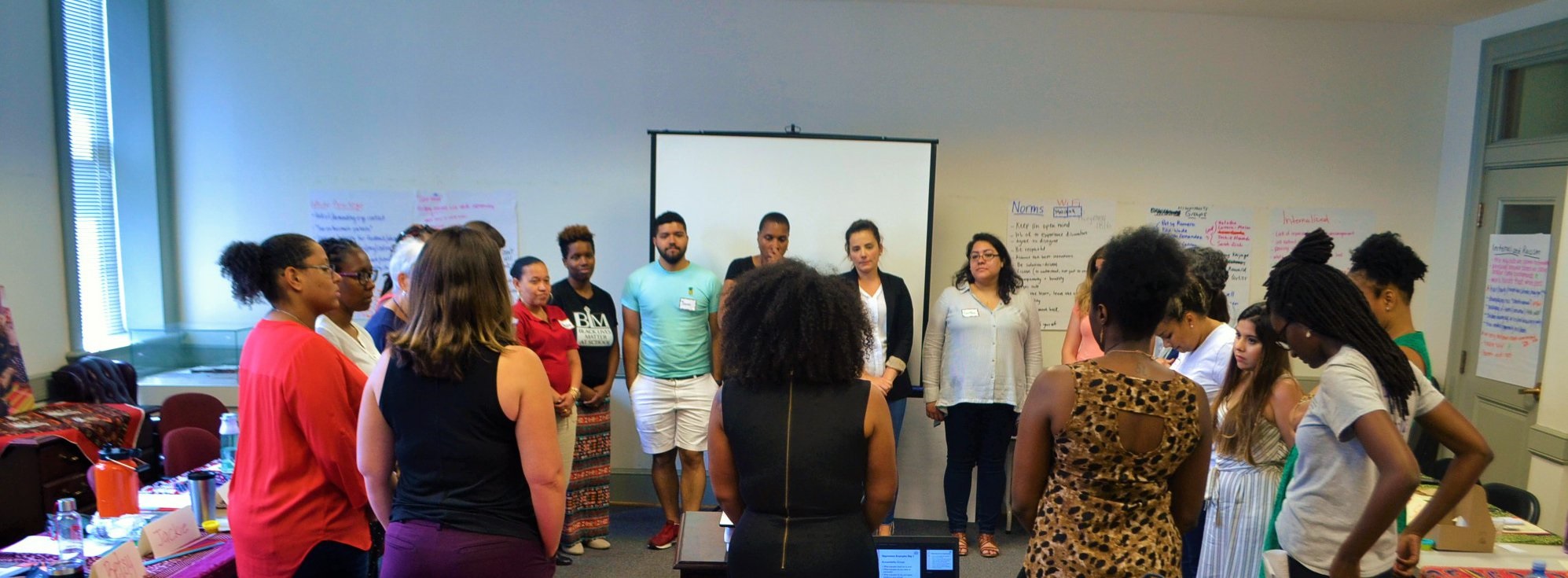DC Teacher Turnover: A 2022 Update
/Mary Levy June, 2022
A recently released report on the DC public education workforce includes teacher turnover between SY 2020-21 and SY 2021-22 (Office of the State Superintendent of Education, https://osse.dc.gov/node/1597311).[1] The report itself does not differentiate results from DCPS as opposed from the charter sector, nor provide school by school data. The OSSE website, however, includes a dataset with demographic and classroom teacher retention data for each school in both sectors. I have adapted that dataset to show school-by-school teacher attrition numbers in a more user-friendly form, and have added analysis by ward, level of instruction, and percentage of students identified as at-risk. It can be viewed here. I have also updated files going back over seven years showing the correlation between DCPS teacher ratings and teacher attrition. See here.
Although the report presents city-wide data on retention of teachers with ratings of effective or higher, it does not separate DCPS from the charter sector, nor include the underlying figures by school. Data on DCPS IMPACT ratings are available, however, from DCPS responses to the DC Council’s annual Performance Oversight Hearings (POH). The results in brief:
· Most teachers leaving DCPS are rated Effective or Highly Effective. Last year 79% of the classroom teachers leaving DCPS had that rating. That rate has been rising: the seven-year average is now 60%.
· Departure rates correlate with ratings, at levels comparable to years before the pandemic. Virtually all teachers rated Ineffective left last year, 45% of those rated Minimally Effective, 30% Developing, 14% Effective, and 9% Highly Effective.
The OSSE dataset covers all teacher departures at the individual school level, but does not differentiate year-end from mid-year. DCPS data on mid-year departures from the system are available from the Council’s POH hearings and typically run about 4% each year.
· SY 2021-22 as of early February: 90. The majority of departures historically take place by then, so if the pattern prevails, results will be comparable to pre-pandemic levels.
· SY 2020-21: 71
· SY 2019-20: 147
· SY 2018-19: 165
· SY 2017-18: 180
The OSSE dataset, the first of its kind, reports both charter school and DCPS classroom teacher attrition at the individual school level, though only from SY 2020-21 to SY 2021-22. The data show the number and percentage of teachers leaving their individual schools, and whether they moved to another kind of position, for example assistant principal or instructional coach, or left DC public education altogether, or moved to a different school somewhere in the District. They do not show whether teachers’ new schools are in the same sector, for example, whether charter school teachers moved to a DCPS school or remained in the charter sector.
The separation of the two sectors in this analysis finds little difference between the sectors. Average school-level loss of classroom teachers was about 25% for both, and in both, schools with higher percentages of students identified as at-risk suffer higher levels of teacher departure. Likewise, both sectors had an enormous range of teacher loss by school. All this is consistent with findings in the series of SBOE reports on teacher turnover from 2013,[2] particularly in the pre-pandemic years. The two-year pandemic slowdown is over in both charter schools and DCPS.
DCPS analysis:
· At the school level, average classroom teacher turnover is 25%. Thus the average school lost one-quarter of its classroom teachers last year, back to the level pre-dating the pandemic, when teacher turnover fell all over the nation.
· The range of turnover among schools was 6%-64%. One third of DCPS schools lost one-third or more of their teachers in a single year.
· The rate of classroom teacher loss rises steadily with the percentage of at-risk students, as has been consistently the case in years since 2013: only 18% at schools with less than 20% of their students classified as at-risk but 30% at schools with over 60% considered at-risk.
· Teacher turnover rates are noticeably lower at schools in Wards 1, 2 and 3, and selective and lottery schools, all of which, except for Ward 1, have lower levels of at-risk student enrollment.
· Attrition is higher in middle and PK-8 schools.
· Of those who leave their schools only a small number assume a new role, e.g., counselor, instructional coach, assistant principal. The rest are divided evenly between moving to a new school somewhere in the District and leaving DC public education altogether, whether for a different profession or for education elsewhere.
Charter school analysis:
· At the school level, average turnover is 26%. The average school lost one-quarter of its classroom teachers, back to the level pre-dating the pandemic, when teacher turnover fell all over the nation. Turnover in the largest LEAs with multiple schools, such as Friendship and KIPP, is mostly comparable.
· The range of attrition among schools is 0%-100%. As in DCPS, one third of charter schools lost one-third or more of their teachers.
· The rate of teacher turnover rises steadily with the percentage of at-risk students: only 21% at schools with less than 20% at-risk but 30% at schools with over 40% at-risk.
· Charter attrition rates vary little by ward, but this is unsurprising since enrollment is open city-wide.
· Grade configurations in charter schools vary so much that analysis by level of instruction is not possible.
· Of those who leave their schools, only a small number leave the classroom for a different role. The rest are divided fairly evenly between moving to a new school somewhere in the District and leaving DC public education, whether for a different profession or for education elsewhere.
[1] An excellent analysis of the report by the teacher organization EmpowerEd is at https://twitter.com/EmpowerEdDC/status/1532753735696453637. The organization’s website provides extensive information on why teachers leave and proposes a variety of steps to improve teacher retention. https://www.weareempowered.org/. DC State Board of Education reports on teacher turnover, factors, and remedies are at https://sboe.dc.gov/page/teacher-retention.








